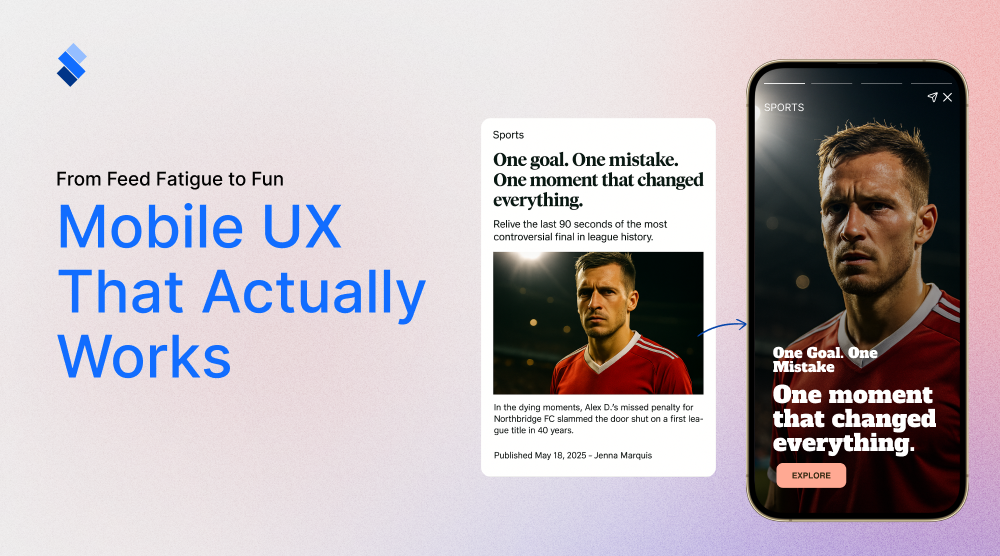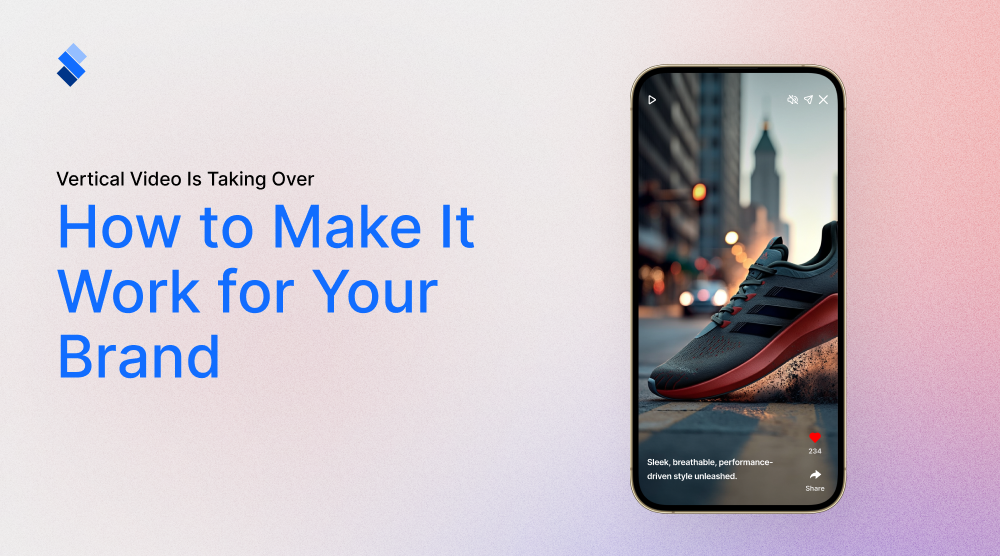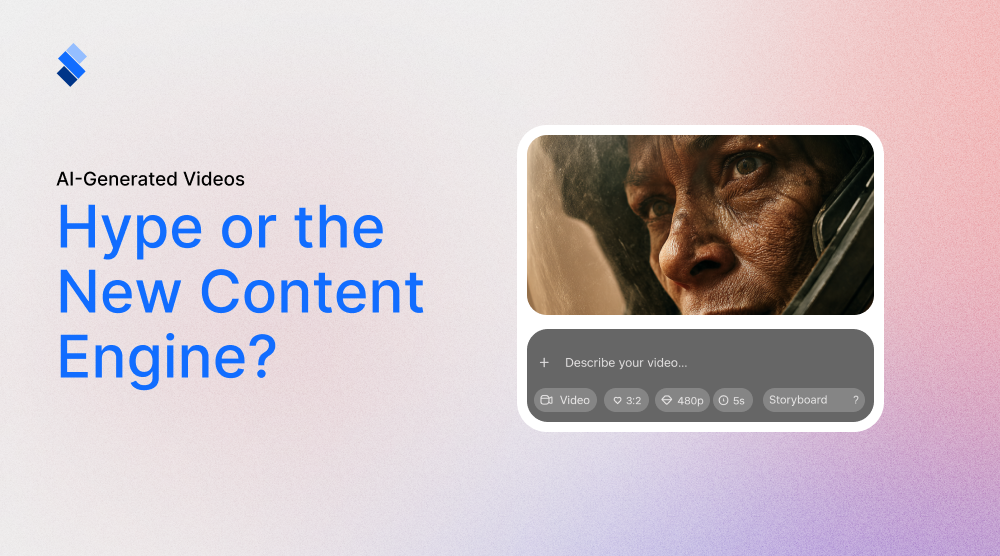Future Trends in Marketing: Virtual and Augmented Reality
Knowing how to virtual and augmented reality in marketing gives you a distict edge over the curret competion.

Every era of technology has its own form of marketing. Even in ancient Rome, you had speakers come to public squares and promote bread makers or oil distilleries. And now we have SEO and visual storytelling in marketing content. It is fair to say that we've come a long way from those public speakers. But, we still have a long way to go, as marketing always goes hand in hand with technological advancements. So, with the advancement of AR and VR software, the question naturally arises of how those can be used for marketing. Well, we will use this article to explore virtual and augmented reality in marketing, and see what the future holds.
Explaining VR and AR
Before we get into the marketing aspect, let's first explain what VR and AR are. If you are unfamiliar with the IT world, this might be the first time that you've run into these notions.
VR - virtual reality
Virtual reality is, as the name suggests, digitally created reality. To access it, you need to wear a VR headset, or at least VR goggles. Once you put them on, you are fully surrounded by a digital world. How engaging, fun, or informative this world is based on how well it is crafted and to what purpose.

As it is now, we mostly use VR as an educational tool or a gaming platform. With VR you can easily simulate situations that would be costly and quite difficult to recreate in real life. Medical personnel, for instance, use VR to learn about procedures and techniques. Pilots use VR for flight simulation and for gaining basic knowledge of their cockpit. When it comes to gaming, VR has made terrific advancements in the past couple of years. Oculus, Sony, Valve... All make their own VR headsets that they sell to the gaming public. While horror games are the obvious top choice for VR games, as they are terribly immersive, other types of games have also made their way to the VR console.
AR - augmented reality
AR stands for augmented reality. It involves overlaying some form of information onto the existing world in order to enhance the viewer's experience. This information can be visual, auditory, or both, depending on what you are trying to convey. Creative use of AR brings refreshing and, sometimes much-needed information to situations that you run into in real life. For instance, some museums let you download apps that give you AR capabilities through your phone.

By looking through the camera on your phone, you will see an augmented reality where every exhibit is followed by text or audio explanation. Some historical sights give you a look back into the past as they overlay the current landscape with what it used to look like in its prime. The most famous gaming example of AR is Pokemon GO. This gaming sensation lets you look for and catch Pokemon in real life.
Virtual and augmented reality in marketing
So, all things considered, where does marketing come into play? Well, implementing marketing into VR or AR is still an experiment, to say the least. Seeing that both VR and AR technologies are in development, it can be hard to pinpoint what their limit is. VR content in particular has made terrific strides in the past years where how we have educational simulations and video games with stunningly immerse VR support. But, whether you should try to utilize VR and AR for direct marketing, and how to do so effectively, is still open for debate.
Technology advancements
While VR and AR technologies have advanced, they are not as widespread as their manufacturers would like you to believe. Sure, we have VR headsets available at any IT store. And there is some truly terrific app that makes clever use of your phone to give you an AR experience with a dose of interactivity. But, compared to video games or social media platforms, both AR and VR are still lacking. Due to their current limitations, we still see VR and AR as more of a gimmick and less of a full-fledged media platform. This is why they are usually seen as a marketing feature, and less deserving of a full marketing campaign.
Modifying marketing
As far as marketing is concerned, most efforts involving VR and AR are quite rudimentary. You can always show ads while you load a VR game. Or you can weave in a bit of marketing content into the AR experience. But, all things considered, these are quite basic forms of marketing that don't even scratch the surface of what AR and VR can do. To truly seep into their marketing potential, you need to understand what people experience when they are using AR or VR.
Immersion
One of the most distinct aspects of both VR and AR programs is that they are quite immersive. If you haven't so far, try both VR and AR. You'll soon see how easy it is to lose yourself in the world they generate. This high level of impressiveness holds terrific potential for marketing, but only if you approach it properly.

Placing an ad in the middle of a VR or AR experience is one of the worst ways to promote your brand. By doing so, you take people out of their immersion and only irritate them with your marketing content. So, instead of being upfront and intrusive, the best course of action is to subtly weave your marketing into the generated experience. The more seamlessly you can place some snackable content as the background of the experience, the more likely it is to stick with your audience. If you succeed, you won't take your audience out of their immersion. Therefore, they will be much more susceptible to absorb your marketing content.
Conclusion
As we said, both virtual and augmented reality in marketing is in the experimental phase. And seeing that the audience that uses either VR or AR is quite limited, you may want to approach it with a dose of caution. If you believe that your brand connects naturally to VR or AR you may yield great results from marketing. After all, there isn't much competition to speak of. But, nevertheless, we advise that you simultaneously develop other marketing aspects as you go along.







